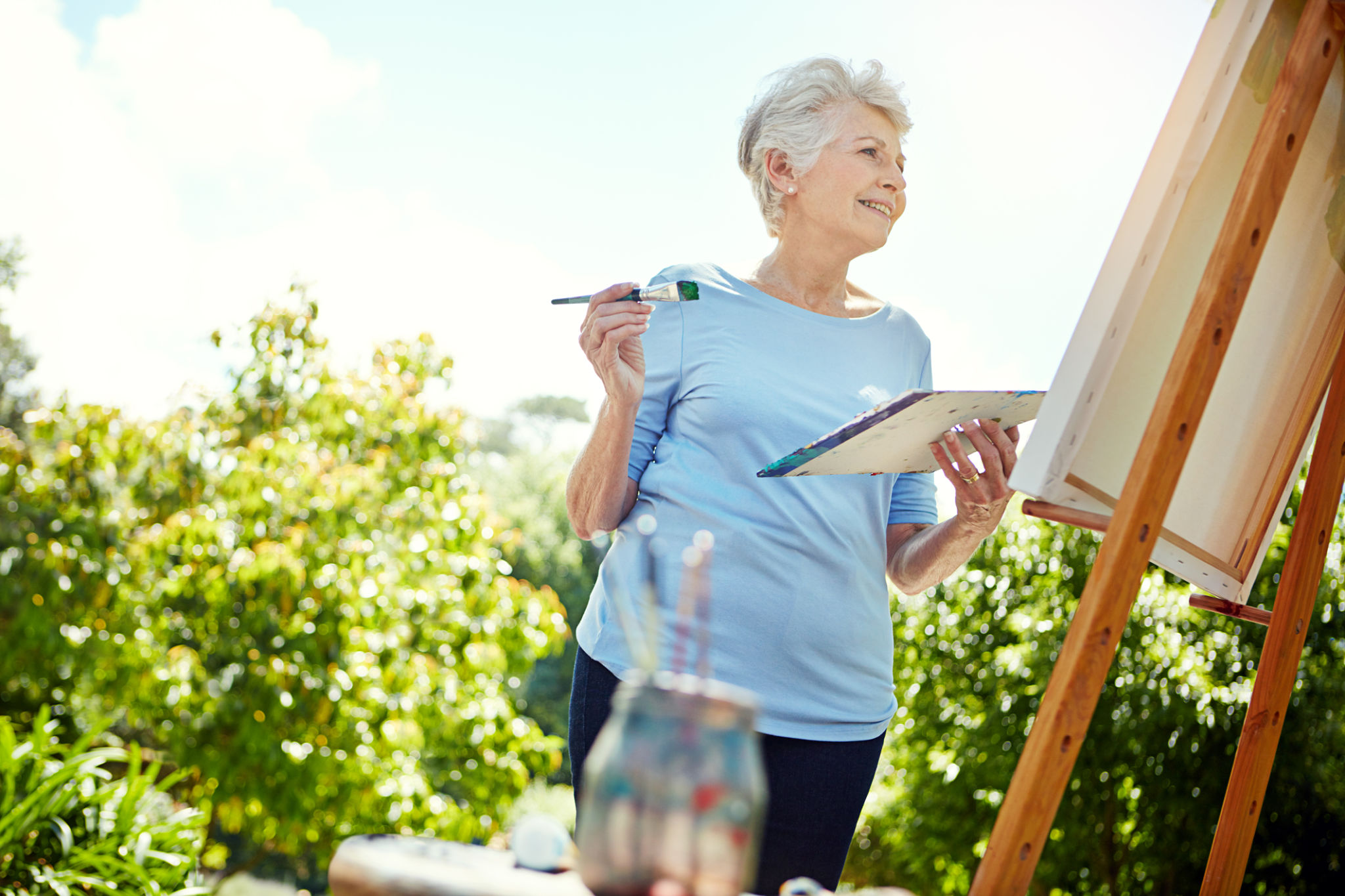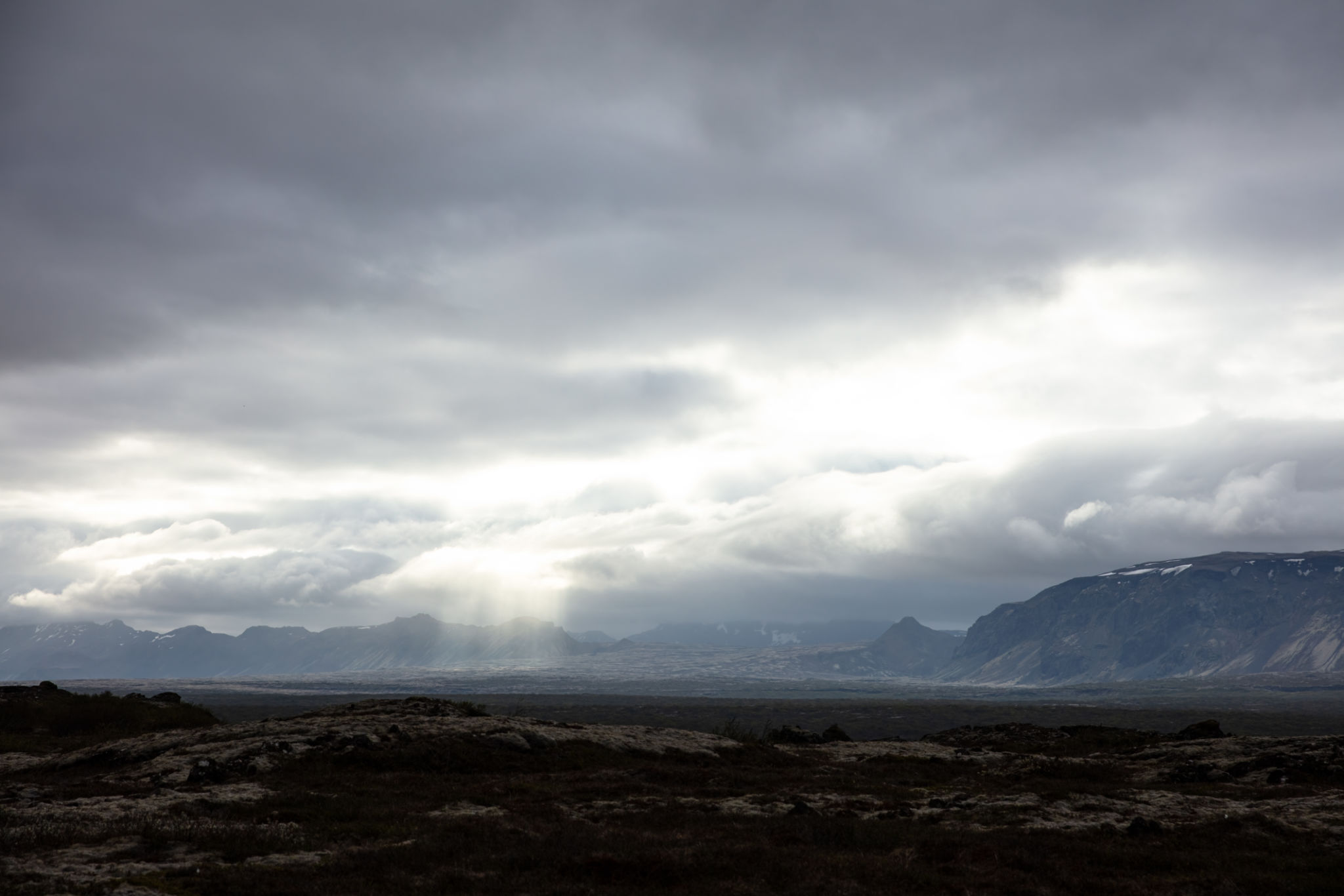Outdoor House Painting: Weather Considerations for Long Island Homes
Understanding Long Island's Unique Climate
When planning an outdoor house painting project on Long Island, it's essential to understand the region's unique climate. The island experiences a humid subtropical climate with distinct seasons that can impact your painting schedule and results. Each season brings different challenges, from the sweltering heat of summer to the cold, damp winters.
Long Island's proximity to the Atlantic Ocean also means that the weather can be unpredictable. Sudden changes in temperature or unexpected rainfall can disrupt your painting plans, so it's crucial to monitor weather forecasts closely.

Ideal Seasons for Painting
Spring and Early Fall
The best times of year for outdoor painting on Long Island are typically spring and early fall. During these seasons, temperatures are moderate, reducing the risk of paint drying too quickly or not adhering properly. The humidity levels are also more manageable, which helps ensure a smooth finish.
Spring offers the advantage of longer daylight hours, allowing you more time to work each day. However, be wary of late-season frost in early spring, which can damage fresh paint. Early fall provides similar benefits, with cool temperatures and low humidity, making it another excellent option for your painting project.

Weather Challenges and Solutions
Managing Humidity and Rain
Humidity is a significant factor to consider when painting outdoors on Long Island. High humidity can cause paint to dry slowly, leading to drips and an uneven finish. To mitigate this, choose days when humidity is below 70% for optimal results. Additionally, avoid painting if rain is forecasted within 24 hours, as moisture can ruin your hard work.
- Check local weather forecasts regularly.
- Use high-quality paint designed for exterior use.
- Consider adding a mildew-resistant additive to your paint.

Dealing with Wind and Temperature Fluctuations
Wind can be another challenge when painting outdoors. It can blow dust and debris onto wet paint, marring the finish. To avoid this, plan your painting on calm days when wind speeds are low. Temperature fluctuations can also impact drying times and adhesion. Ideally, paint when temperatures are between 50°F and 85°F.
If you must paint during hotter or colder periods, adjust your approach accordingly. For instance, in cooler weather, you might need a longer drying time between coats, while in hotter conditions, working in the shade can prevent paint from drying too quickly.
Preparation and Safety Tips
Proper preparation is key to a successful painting project. Ensure surfaces are clean and dry before starting. Remove any loose or flaking paint and repair damaged areas. This will help your new paint adhere better and last longer.
Safety should always be a priority. Use ladders and scaffolding safely, wear protective gear like masks and goggles, and keep the area free from potential hazards. By taking these precautions, you can ensure that your painting project is both successful and safe.
